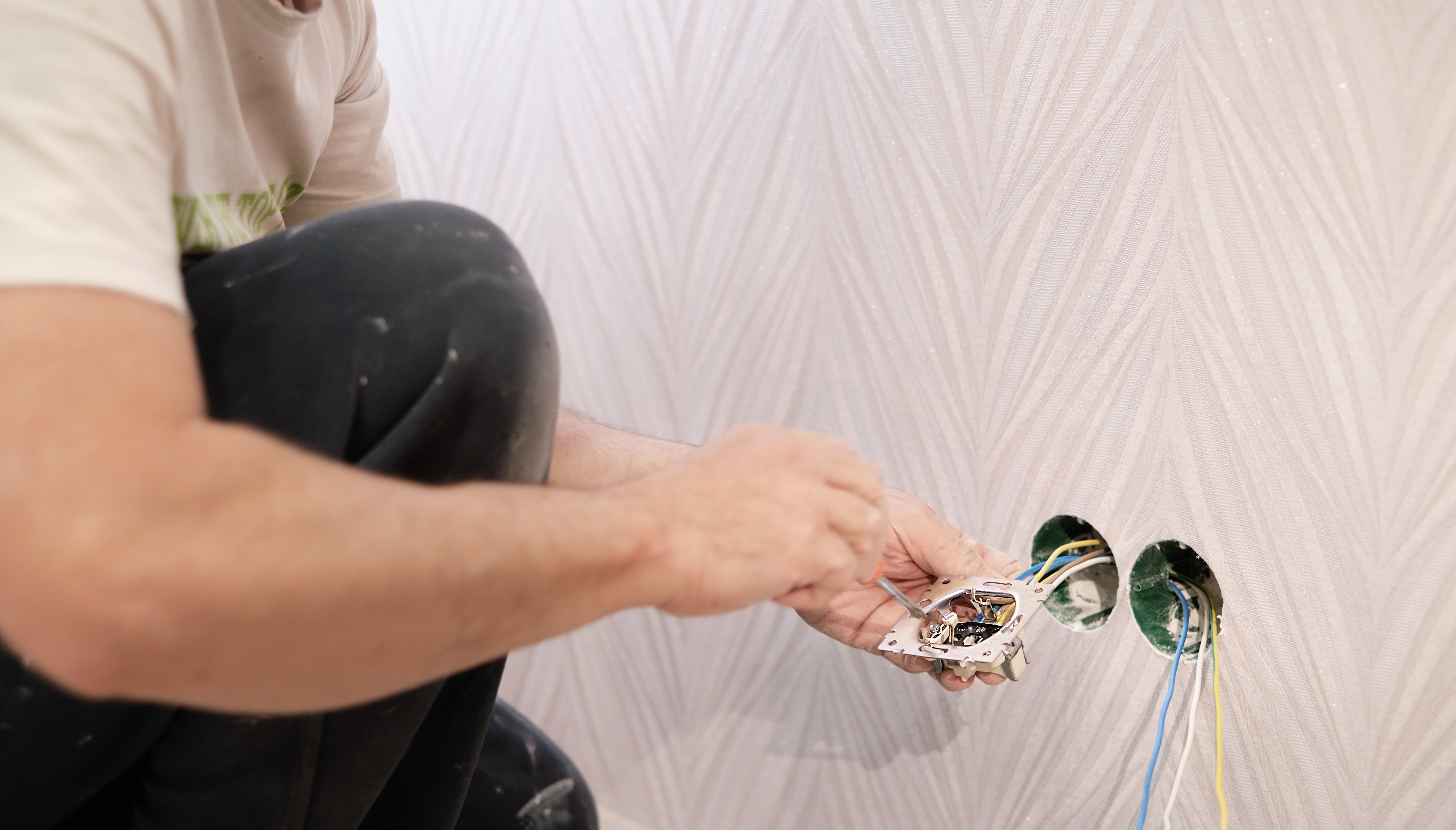
Top 10 Mistakes to Avoid When Installing Electrical Wires
According to the National Fire Protection Association, approximately 51,000 home electrical fires occur every year which leads to nearly 500 deaths and thousands of injuries.
Yes, electrical wiring is that much important. They are not only about running cables through ceilings and walls- but about safety, and long-term performance. If you are looking for some basic electrical work, you must also know the most common wiring mistakes to save yourself from hazards.
In this blog post, we’ll cover the top 10 electrical mistakes and how to avoid them when installing electrical wires. The knowledge will help you ensuring your next project is future-proof and safe.
Skipping the Planning Stage
Why it's a mistake: Planning is must to avoid code violations, and unnecessary costs. Directly jumping into the electrical installation without a proper plan leads to inefficient layouts and other problems in the long-run.
What to do instead: Hire the best professionals for electrical wiring and installation is must to avoid any hassles. The best way is to sketch a wiring diagram to know where outlets, switches, and fixtures will be required. Make sure you check your load requirements and future needs to prevent costly revisions later.
Overloading the Circuit
Why it's a mistake: Plugging too many devices into one circuit is harmful and can cause wires to overheat, and breakers to trip. Hence, posing a serious safety hazard which can cause a lot of difficulties.
What to do instead: You must know the total load on each circuit, so, gauge it. If your requirements include using multiple circuits, you should label your breaker panel for clarity.
Ignoring Local Electrical Codes
Why it's a mistake: Every area in the country has its own specific electrical codes. It is must to follow them to protect people and property. It may also lead to legal consequences, disruption of service, and safety hazards.
What to do instead: Before starting any project, always check your NEC (local or national electrical code). If you fail to do so, then legal issues or failed inspections may be the result. So, this common wiring mistake should be avoided.
Improper Wire Connections
Why it's a mistake: Sparks, short circuits, or even fires are the result of poorly joined or loose wires.
What to do instead: Use wire nuts or push-in connectors, proper wire connectors to avoid this electrical installation mistake. Ensure you use the correct length of the wire, twist them properly and securely. Also, make sure that there is no copper exposure outside the connector.
Using the Wrong Type of Wire
Why it's a mistake: Electrical installation mistakes also include using the wrong material type. It is important to know that all electrical wires are not created equal. Using the wrong gauge, a common electrical wiring mistake, can lead to overheating and fire risks.
What to do instead: Always check your local building codes and consider consulting a licensed electrician.
Select wires as per amperage and the needs and purpose. For example:
- Use 12-gauge wire for 20-amp circuits
- Use 14-gauge wire for 15-amp circuits.
Cutting Wires Too Short
Why it's a mistake: Short wires means difficulty in securing connections. Cutting wires too short causes future maintenance nightmares.
What to do instead: There must be at least 6 inches of wire inside the junction box. It ensures there is slacker, hence, it makes easier connections and safer installations.
Improper Grounding of the System
Why it's a mistake: An ungrounded system can be deadly. There occur hundreds of deaths in a year due to not grounding the system properly. It is because in case of a fault, grounding provides a safe path for electricity to travel.
What to do instead: Ground all outlets and devices. Make a connection of ground wires to metal boxes, and ensure using GFCI outlets in moisture-filled areas with moisture like kitchens and bathrooms.
Not Using Electrical Boxes
Why it's a mistake: Junction box provides a protected and safe environment connection. If electrical junction boxes are not used and wires are spliced outside of a proper junction box is dangerous. Also, it is against local codes.
What to do instead: To avoid this common wiring mistake, always use an approved electrical box to house wire connections and use a secure cover. This contains any potential sparks and prevents accidental contact.
Not Labelling Wires and Circuits
Why it's a mistake: If you fail to label your circuits, you will invite struggles in the identification of wires and circuits later. Hence, increasing difficulty in troubleshooting or future changes.
What to do instead: Label wires and circuit breakers clearly. Use coloured electrical tape, markers, or tags for easy identification.
Neglecting Precautions
Why it's a mistake: Safety gear and precautions must be taken to avoid any mishap during electrical work.
What to do instead: Before working, turn off power at the main breaker. Use wear rubber-soled shoes, insulated tools, and test wires with a voltage tester before touching them.
Bonus Tips
- Document everything secures: Take photos or notes of your wiring setup for future reference.
- Know your limits: If something feels over your head, hire a licensed electrician.
- Double-checking your work is always fruitful: A second look can catch mistakes before they become hazards.
Read More: Top 10 Lighting Manufacturing Companies in India
Final Thoughts: Wiring Done Right
Installing electrical wires without doing any mistakes need experience and proficiency. It is more than just a technical task. Avoiding these top 10 mistakes can save your home from serious damage and keep your family safe. Whether you’re rewiring a room or adding a few outlets, approaching the project with care, precision, and awareness will always pay off in the long run.
And remember: when in doubt, consult a licensed electrician and hire one of the best wire and cable manufacturers. Sometimes, a little help can go a long way toward getting it right.
